The A9 II, which arrived in 2019, was a minor refinement of its predecessor, the impressive / super-fast Alpha 9. With an updated body design and more connectivity options for professional photographers, the Japanese company made some precise changes to please news and sports agencies.
The A7 IV is in a different category, in that it aims to attract amateur/professional photographers and videographers alike. But while the target user may be different, these two cameras have their share of similarities, and of course important differences. Let’s see what they are.
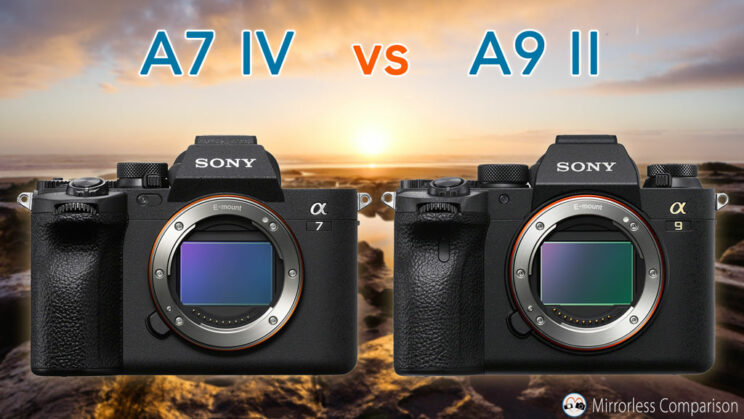
More Sony A7 IV comparisons:
A7 III vs A7 IV – A7 IV vs A7R IV
A7 IV vs A7S III – A7 IV vs A7R III
A7 IV vs A9 II – A7 IV vs A7C
A7 IV vs Z6 II – A7 IV vs R6
Ethics statement: the following is based on our personal experience with the A9 II and official information about the A7 IV. We were not asked to write anything about these products, nor were we provided with any sort of compensation. Within the article, there are affiliate links. If you buy something after clicking the link, we will receive a small commission. To know more about our ethics, you can visit our full disclosure page. Thank you!
1. Sensor and processing speed
The A7 IV has a newly developed BSI sensor with 33MP and no AA filter.
The A9 II uses a stacked BSI sensor with 24.2MP and features a low pass filter.
“Stacked” is an important specification here. It means the sensor has a much faster processing speed thanks to the use of an integral memory. The latter allows the A9 II to have superior performance when it comes to autofocus calculations, the electronic shutter and the drive speed, as we’ll discover in the following chapters.
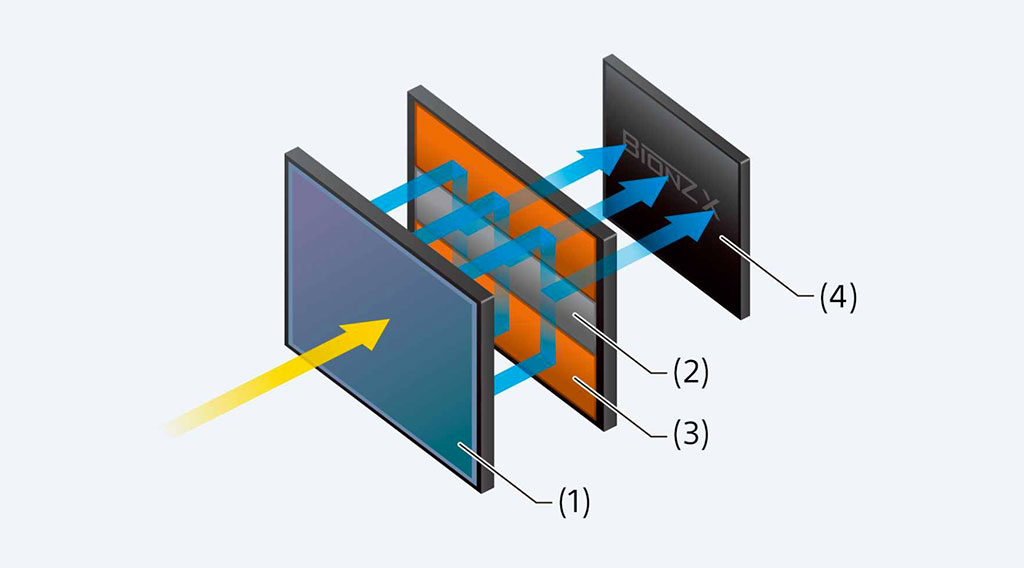
The ISO range is the same for both cameras: 100 to 51,200 ISO, or 50 to 204,800 ISO with the extended range.
2. Autofocus
The A7 IV includes some of the latest performance and settings developed by Sony. This includes real-time tracking and real-time Eye AF. The latter works for humans, animals and birds, and can be used for still shooting and movie recording.
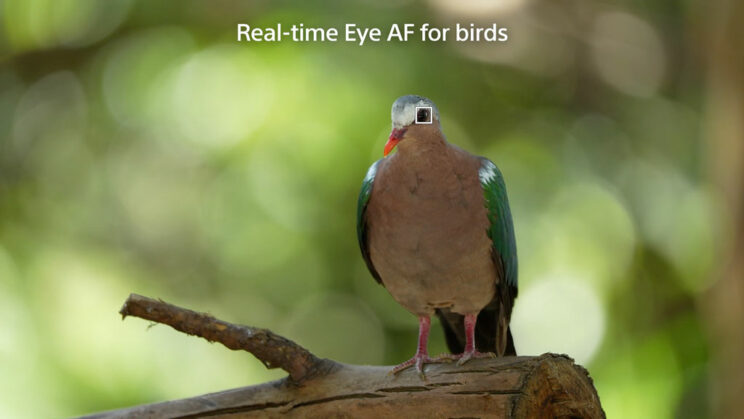
The A9 II also features real-time tracking and Eye AF, but the eye detection doesn’t work for birds and, in video mode, it can only detect humans.
That said, the stacked sensor of the A9 II allows the camera to produce autofocus and exposure calculations up to 60 times per second, which is three times faster than that of the A7 IV. So, even without the latest bells and whistles, the A9 model retains superior autofocus speed.
As for the AF points, they both feature phase and contrast detection areas:
- A7 IV: 759 phase / 425 contrast
- A9 II: 693 phase / 425 contrast
Low light sensitivity has been improved on the new camera down to -4Ev (vs -3Ev on the A9, both measured with a F2 lens). Phase detection points on the A7 IV work up to f/22, versus f/16 on the A9 II.
3. Electronic shutter
The faster sensor of the A9 II allows the camera to offer superior performance when it comes to the use of the electronic shutter.
First, the A9 II can record continuously at 20fps (while maintaining AF and AE tracking), and with RAW files. It works with live view and no blackouts, which means you maintain an uninterrupted view of the scene before and while capturing your subject at high frame rates. This gives you a great user experience when tracking fast and unpredictable moving subjects.
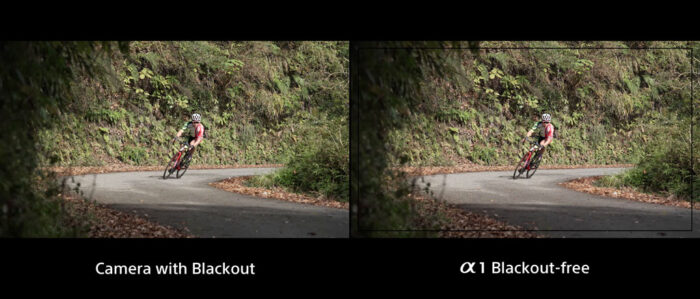
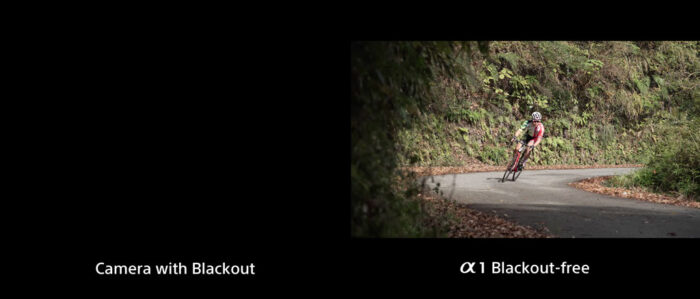
The A7 IV, by comparison, goes up to a maximum of 10fps, with or without the electronic shutter (the A9 II reaches 10fps with the mechanical shutter). Up to 8fps, you get live view with blackouts, whereas at 10fps you see the recorded images (no live view).
Note that you need to select compressed RAW (Lossy) and use a CFexpress card to achieve the fastest frame rate on the mark 4 model. With an SD card, the speed drops to 8fps, whereas with Lossless compressed RAW you get 6fps (according to early reviews).
Another advantage of the A9 II is the anti-distortion shutter mode, which prevents distortion when panning quickly with the camera while the electronic shutter is activated (also known as rolling shutter effect).
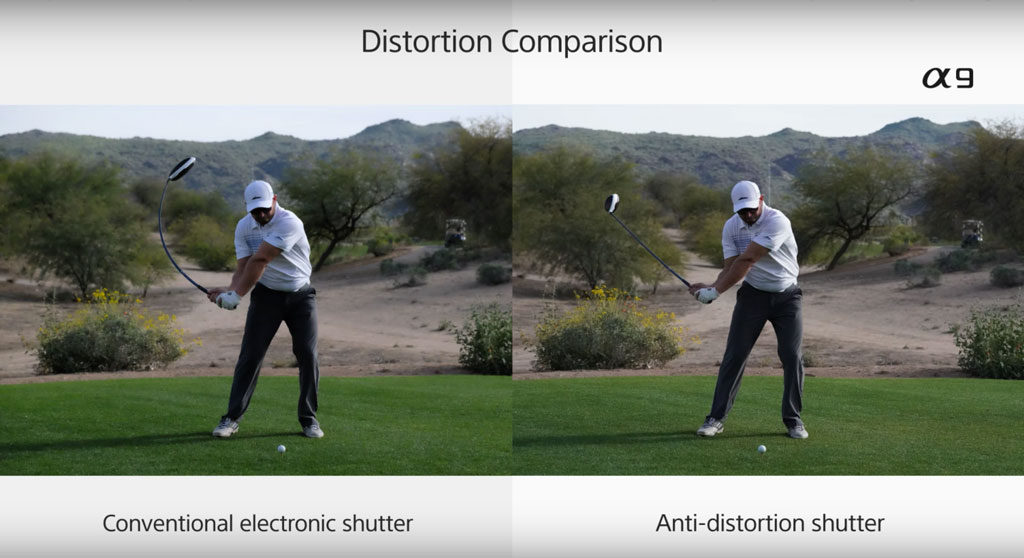
Finally, the A9 II can shoot up to 1/32,000s, versus a maximum of 1/8000s on the A7 IV.
As for the buffer memory, the A7 IV can record more than 1000 images at 10fps (JPG or RAW lossy) when using the CFexpress card.
The A9 II does a maximum of 360 frames in JPG, or 240 compressed RAW. Of course, this is at double the drive speed, and without the added benefit of CFexpress cards.
4. Active stabilisation
You’ll find image stabilisation inside the two cameras, with 5-axis and a compensation rating of 5.5 stops.
The A7 IV has an extra setting called Active, which is valid for movie recording. It crops the field of view a little (1.1x) but makes the footage more stable by analysing the data of the built-in gyro sensor.
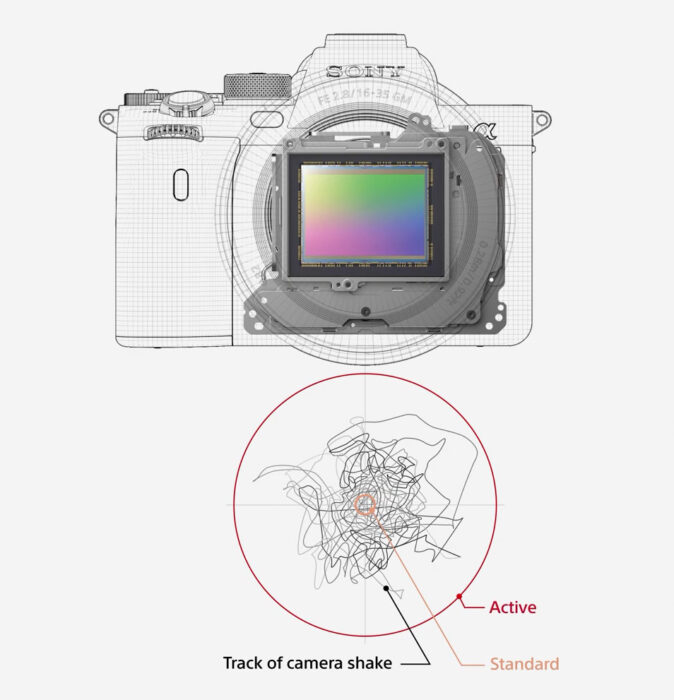
5. Video and advanced settings
The A9 series (both the original A9 and A9 II) have never been designed for video-makers. On paper, their capabilities are not bad. They can record 4K up to 30p with full pixel readout and no pixel binning, and without a sensor crop.
Unfortunately, they lack the entire range of Picture Profiles (which include S-Log and HLG gammas), which means you have to rely on the Creative Styles. The latter are designed for still JPGs and give you less dynamic range for video (especially in the highlight zone). Furthermore, the camera doesn’t go beyond 8-bit for the colour depth (internally or externally).
The A7 IV is a different story. It can:
- record 4K up to 30p, or up to 60p in Super35 mode
- record 10-bit 4:2:2 on the memory card, or via HDMI to an external recorder
- record with the XAVC HS codec (H.265)
- record at higher bitrates (max. 600Mbps) with the All-Intra compression
- record with Picture Profiles, including S-Log, HLG and S-Cinetone
- record without the 30min/clip limitation
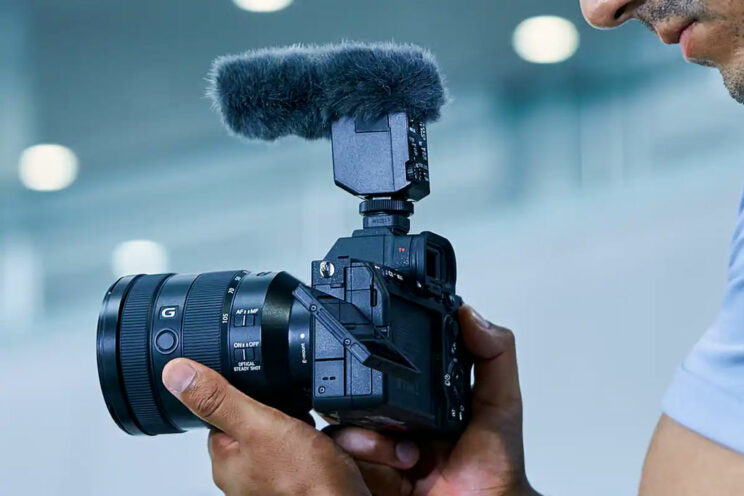
In Full HD, both cameras can go as fast as 120p.
I mentioned the Creative Styles of the A9 II earlier on. Well, the A7 IV ditches those for the new Creative Looks, which are designed for both still photography and video, and include Sony’s latest colour science.
6. Design tidbits
The two cameras are very similar when it comes to shape, button layout and weather resistance.
- A7 IV: 131.3 x 96.4 x 79.8mm, 658g
- A9 II: 128.9 x 96.4 x 77.5mm, 678g
Here are the (small) differences:
- the A7 IV is a bit larger so as to accommodate the heat dissipation structure (which allows it to record 4K video for longer)
- the video recording button is found on top on the A7 IV, rather than the rear like the A9 II
- the exposure compensation dial can be customised on the A7 IV (and has no markings)
- the A7 IV has a stacked dial on top, with the secondary dial used to switch between still and video mode
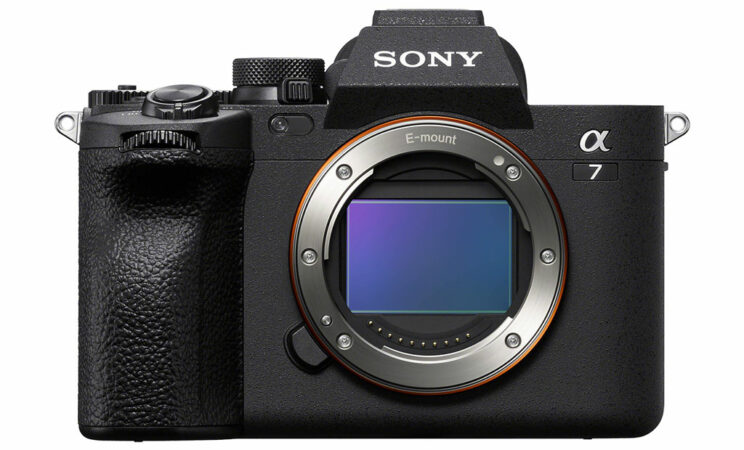
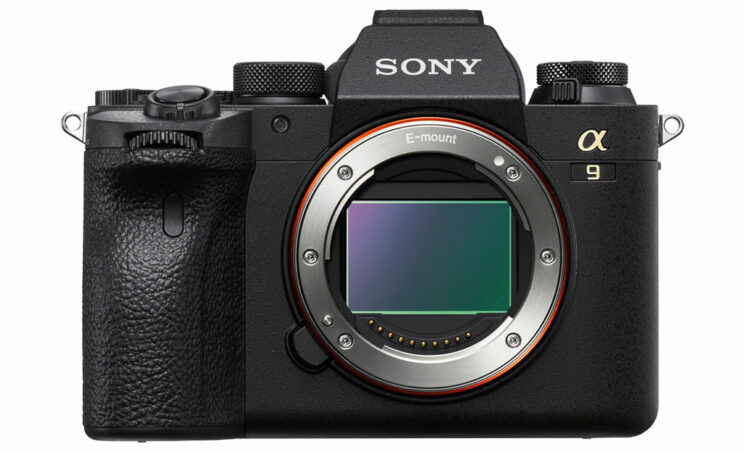
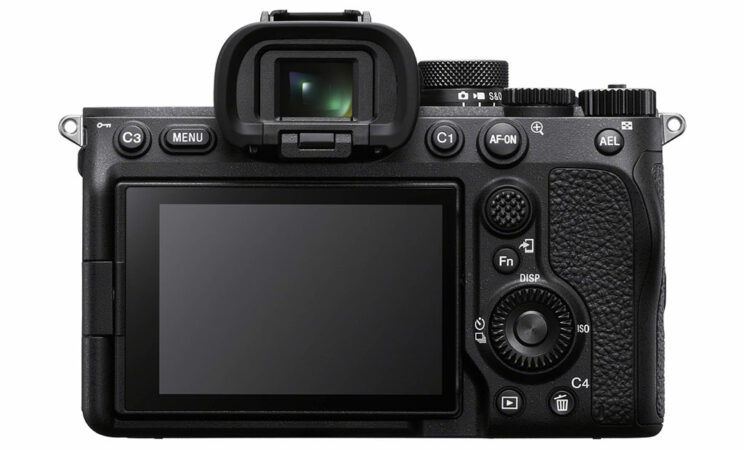
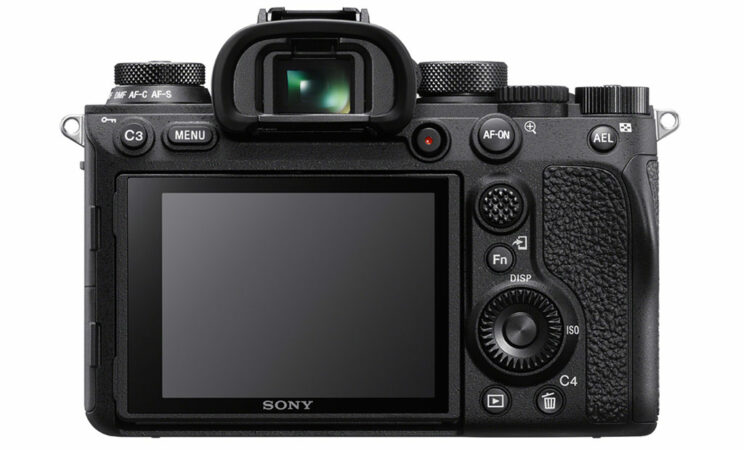
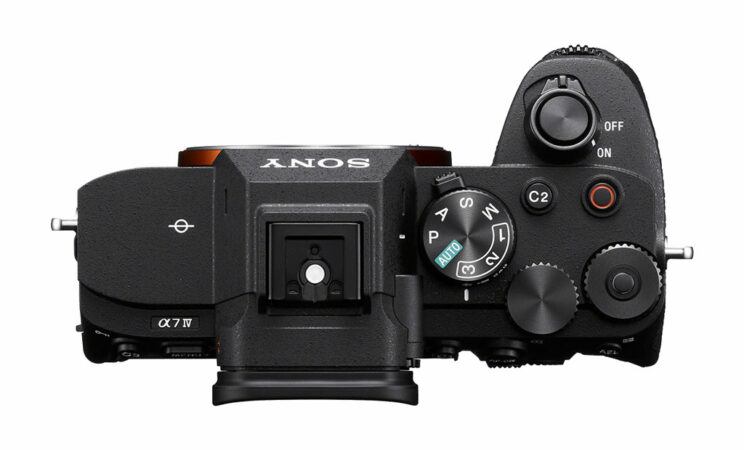
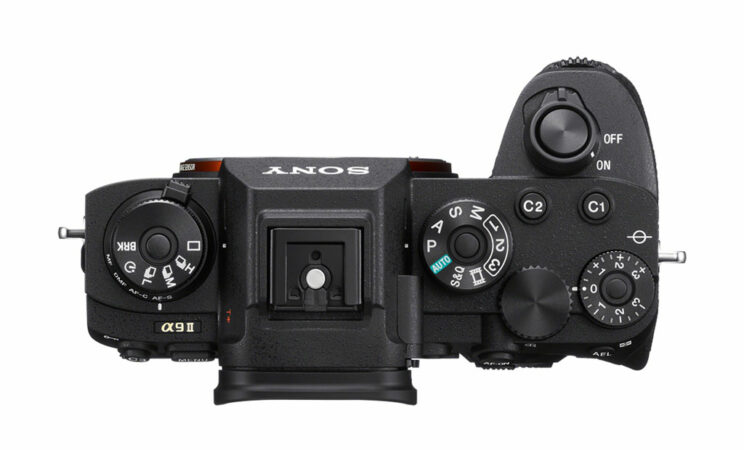
The A7 IV features the latest menu design, which is very differently organised to the one found in the A9 model. The A7 IV also has extra possibilities when it comes to customisation and separating settings between still and video mode.
They use the same battery, the BP-FZ100, and the CIPA ratings are not too dissimilar: 610 frames per charge on the A7 IV, 690 frames on the A9 II (when using the LCD). They can be charged / powered via USB.
Concerning physical connections, they both have a microphone input, a headphone output and a digital audio interface (hot-shoe).
The A7 IV has a full sized HDMI port whereas the A9 II has a micro port (Type D).
The A9 II also features a flash sync port and a LAN terminal. With the latter, you can use a USB C to LAN adapter on the A7 IV.
Finally, the USB port works at 10Gbps on the mark IV camera, versus 5Gbps on the A9 model.
7. Memory support
You can use two SD UHS-II cards on both the A7 IV and A9 II, but only the former allows you to insert a CFexpress card (Type A) in the first slot.
CFexpress has much faster writing and reading speed, and allows the A7 IV to have superior buffer capabilities. However, they are much more expensive.
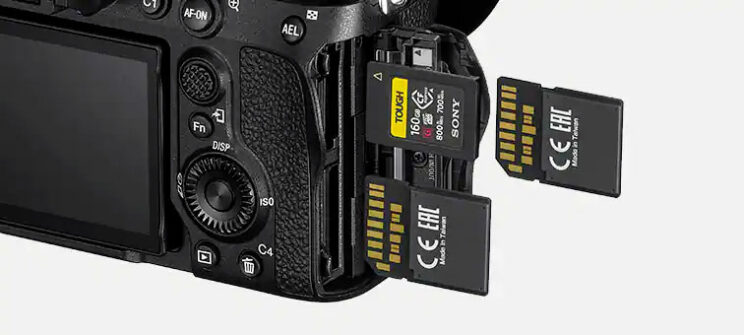
8. LCD monitor
The A7 IV has an LCD screen that can be opened to the side and rotated 180˚, unlike the one on the A9 II that only tilts up or down.

The monitor of the A9 model has more resolution (1.44M vs 1.04M dots) and they both offer touch sensitivity, although there are more things you can do on the mark 4 camera, like navigate the menu.
As for the viewfinder, it is the same on both cameras with a 0.5-in OLED panel, 3.69M dots of resolution, 0.78x magnification, max. 120Hz and 23mm eyepoint.
9. USB streaming
The A7 IV has a lot of extra settings you won’t find on the A9 II, such as the possibility of choosing Lossless compressed RAW, HDR still files (HEIF), adjusting the shutter speed in more increments than the traditional 1/3 step, or correcting lens breathing in video mode.
One that is certainly useful for content creators doing a lot of live content on YouTube or other video platforms is the possibility of using the A7 IV like a normal webcam. All you have to do is connect the camera to the computer via the USB cable.

With the A9 II, you need to use an additional software (Imaging Edge Webcam).
10. Price
The A7 IV is being launched at the retail price of $2500 / £2400 / €2800.
The A9 II is much more expensive and can be found for $4500 / £4200 / €4900.
Prices are as of late October 2021 and for the body only.
Sony A7 IV vs A9 (mark 1)
The original A9 is now discontinued, but you can find it second-hand at an interesting price (around $2000 / £2000 / €2500 depending on the conditions and seller).
The differences between the A9 and A9 II can be read in our dedicated article, but in short, there are not huge. Mainly, the mark 1 model:
- has the old design (smaller grip)
- has a slower drive speed with the mechanical shutter (5fps instead of 10fps)
- doesn’t have Eye AF for video
- has less advanced connectivity (from a pro use perspective)
For the rest, you get the same impressive performance for still photography including the autofocus, the image quality and all the benefits of the stacked sensor when it comes to the electronic shutter (live view with no blackouts, anti-distortion shutter, 20fps).
Conclusion
I’m pretty sure the difference in price between the A7 IV and A9 II is enough for many people to come to a decision.
The A7 IV is a well-rounded package with much more attractive video specifications, more sensor resolution and a lot of extra settings.
The A9 II is in a class of its own when it comes to speed (only outperformed by the flagship A1), which will suit specific needs such as those of sports or wildlife photographers.
Things change if we consider the original A9 (mark I) which is now discontinued, but still available second-hand. If you don’t mind buying used equipment, you can find the A9 mk1 for less money and the camera is a more interesting buy, especially if you are into action, sports or wildlife photography.
Check price of the Sony A7 IV on
Amazon US | Amazon UK | B&H Photo | eBay
Check price of the Sony A9 II on
Amazon | B&H Photo | eBay
Second-hand Sony gear on
MPB US | MPB UK
More Sony A7 IV comparisons:
A7 III vs A7 IV – A7 IV vs A7R IV
A7 IV vs A7S III – A7 IV vs A7R III
A7 IV vs A9 II – A7 IV vs A7C
A7 IV vs Z6 II – A7 IV vs R6



